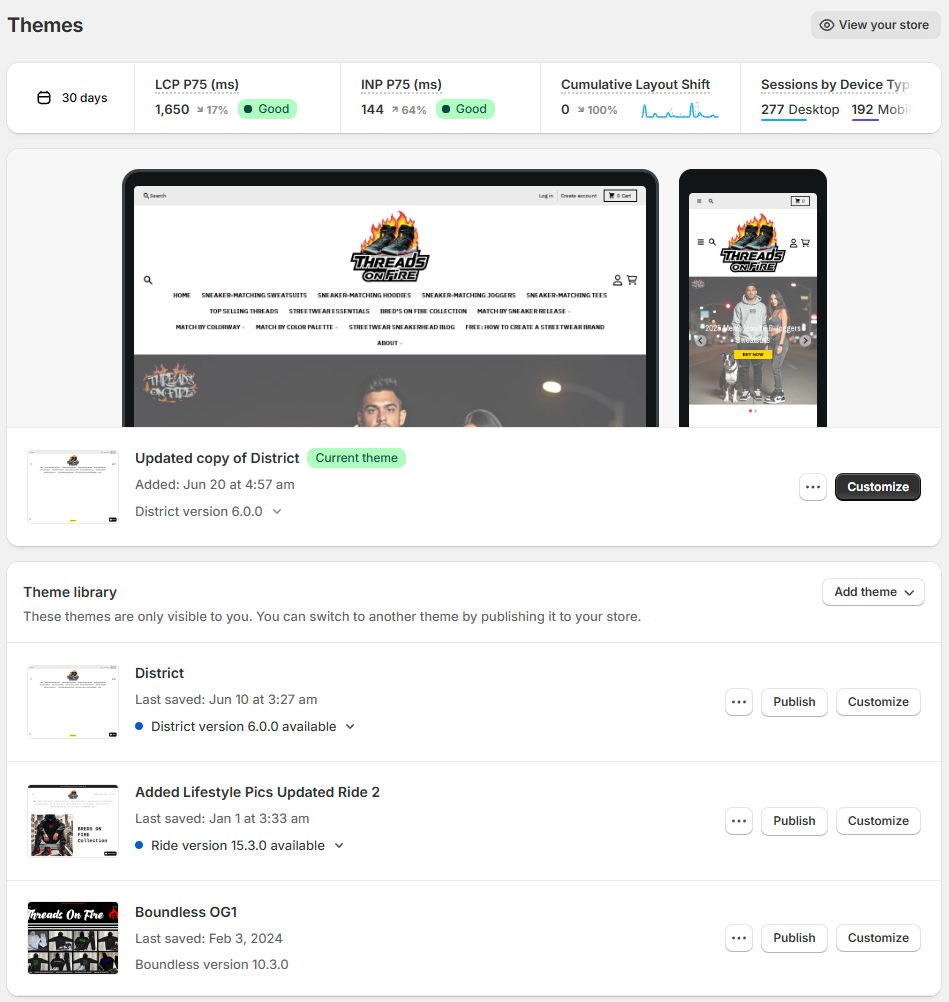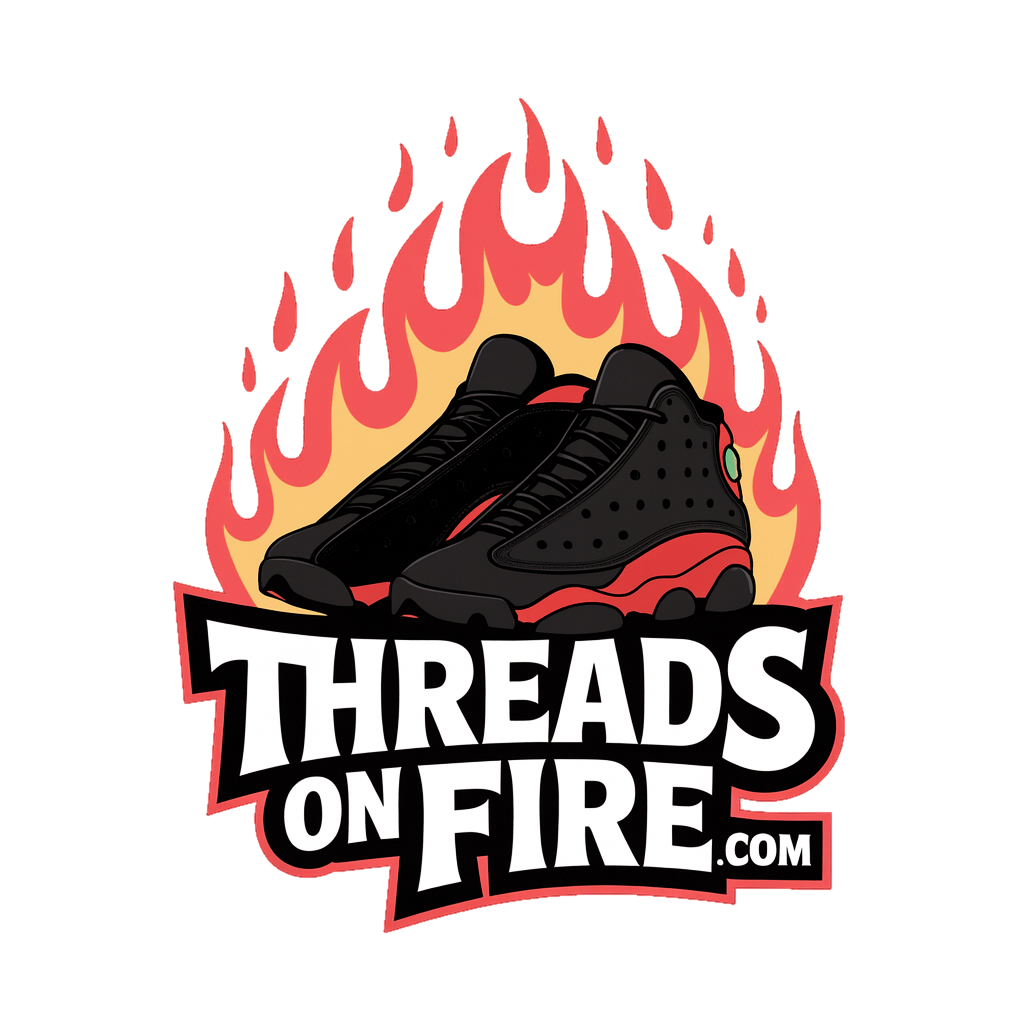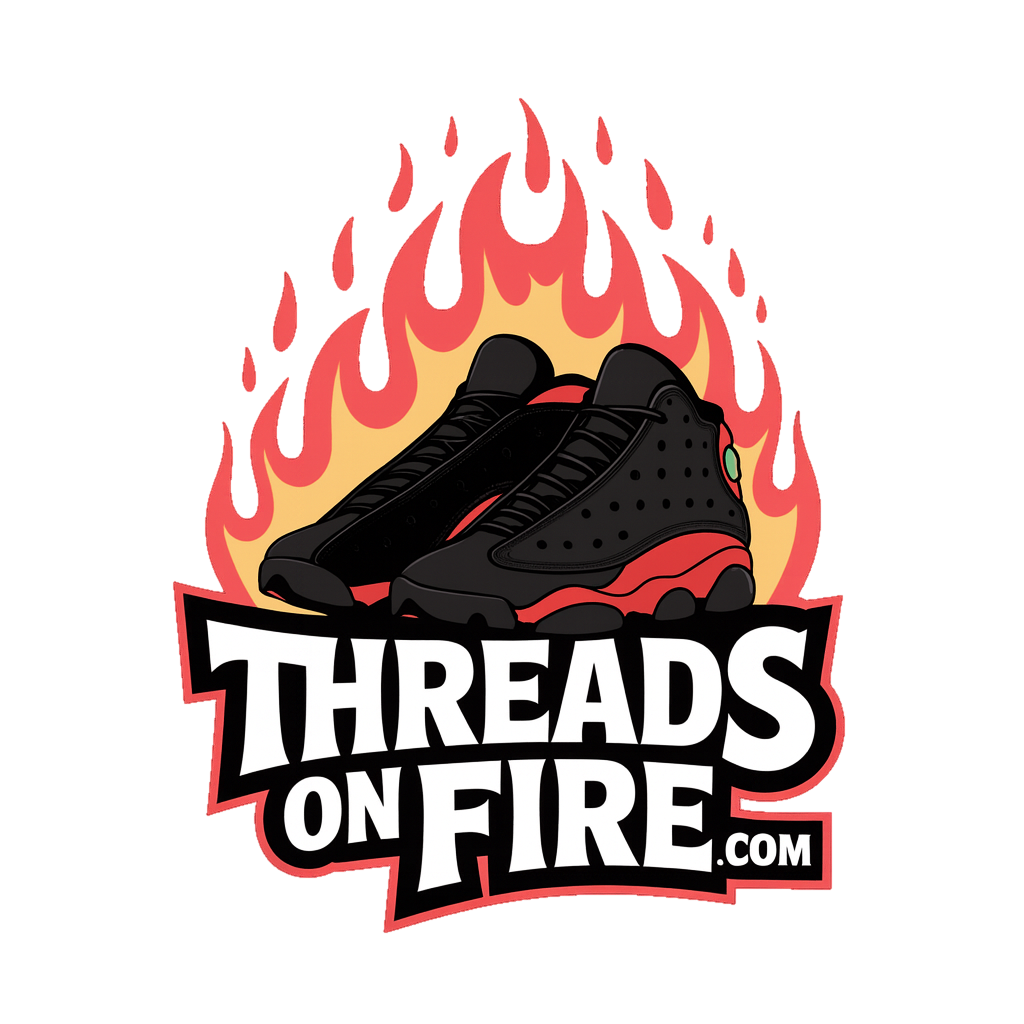
Build the Store: How to Launch Your Streetwear Website with Shopify, WooCommerce, or Print-on-Demand - Part 3
Build the Store: How to Launch Your Streetwear Website with Shopify, WooCommerce, or Print-on-Demand

Why the Right Platform Makes or Breaks Your Brand
Once your designs are locked, your next move is building the online storefront that converts scrolls into sales. But here’s the truth: not all platforms are created equal. Choosing between Shopify, WooCommerce, Wix, or even niche platforms like BigCartel will determine how easily you scale, automate production, and maintain brand consistency. For AI-powered streetwear creators, your platform needs to do three things: showcase visuals cleanly, sync with Print-on-Demand (POD) providers, and give you control over the brand experience. This article breaks down every step to get you live, from platform selection to product page optimization.
Comparing eCommerce Platforms for Streetwear Brands
Choosing your platform should align with your business model, budget, and technical comfort. Here's a quick breakdown:
| Platform | Best For | Pros | Cons |
|---|---|---|---|
| Shopify | POD, scaling fast | Easy setup, tons of apps, great design | Monthly fees, limited customization unless on higher plans |
| WooCommerce (WordPress) | Dev-savvy users, full control | No monthly fee, endless customization | Steeper learning curve, maintenance heavy |
| Wix | Simple launches | Drag-and-drop builder, quick to publish | Less scalable, fewer integrations |
| BigCartel | Artists/small catalogs | No monthly fee (for 5 products), niche feel | Limited features, basic design options |
If you're planning to grow into a 6-figure brand, Shopify is your best bet—especially when paired with apps like Printful, Klaviyo, and ReConvert.
Why Shopify Dominates in Streetwear eCommerce

Shopify is the backbone of many of today’s fastest-growing apparel brands—and for good reason. It’s mobile-first, sleek, optimized for conversions, and supports everything from email marketing to abandoned cart flows. More importantly, it integrates directly with all major Print-on-Demand apps, letting you automate your product fulfillment. You can also customize your storefront to match your brand’s vibe—bold, gritty, luxury, minimalist—you choose the theme. With templates designed for fashion brands and endless app integrations, Shopify gives AI creators the flexibility to launch big with minimal friction.
Print-on-Demand Integration: Automate Your Drops
AI design meets POD automation. Once you've created your hoodie, jogger, or tee artwork, it's time to turn that into a physical product. Platforms like Printful, Printify, Gelato, Apliiq, and SPOD allow you to:
-
Upload your design
-
Choose your garment type (hoodie, tee, joggers)
-
Set retail pricing and profit margins
-
Sync your store inventory automatically
Once a customer places an order, the POD service handles production, packaging, and shipping—without you touching a single box. Printful and Apliiq are top-tier for quality streetwear garments.
How to Structure Your Product Pages for Maximum Conversions
In streetwear, visuals are everything. Your product page must:
-
Lead with a bold, high-resolution image or mockup
-
Include a lifestyle image (generated with DALL·E or Midjourney if needed)
-
Offer concise yet cultural product descriptions
-
Reference the sneaker it matches (i.e., “Pairs perfectly with Air Jordan 4 Bred”)
-
Include size charts, care instructions, and a visible add-to-cart button
Every product should feel like it’s part of a drop, not a catalog item.
Store Navigation That Sells
Great navigation helps customers find what they want fast. Your top menu should include:
-
Home
-
Shop (with dropdowns: Hoodies, Joggers, Sets)
-
Sneaker Match (Jordan 4, Jordan 13, etc.)
-
Lookbook / Style Guide
-
About
-
Contact / FAQ
Use filters for color (Bred, Cement, Stealth) or size (S–XXL). Keep things clean, visual, and focused on product discovery.
Picking a Theme That Matches Your Brand Identity

Whether you're going OG street, tech luxe, or retro anime, your Shopify theme should reflect your visual language. Great themes for streetwear:
-
Prestige – Clean, premium, great for bold visuals
-
Dawn (Free) – Minimal, flexible, and mobile-optimized
-
Streamline – Sleek, image-focused, high-conversion
Don’t underestimate the power of motion—GIFs, hover effects, and embedded Reels or TikToks boost engagement.
Optimize for Mobile First

Over 75% of traffic in fashion eCommerce comes from mobile devices. Always test your site on phones. Make sure:
-
Buttons are thumb-friendly
-
Images scale properly
-
Load speed is under 3 seconds
-
No popups cover critical content
A mobile-optimized storefront makes impulse buys more likely—especially when dropping limited-edition collections.
Building Trust With Product Reviews and Social Proof
Before people buy, they need trust. Use apps like Loox, Judge.me, or Stamped to collect reviews. Also:
-
Include IG photos of real customers
-
Share user-generated content from TikTok
-
Highlight review scores on your homepage
Social proof is especially key when targeting younger audiences used to scrolling past 1000+ options.
Writing AI-Enhanced Product Descriptions
Use ChatGPT or Copy.ai to write product descriptions that balance culture, SEO, and conversion. Instead of generic copy, lead with the vibe:
“The Bulldog Bred hoodie is for the ones who know exactly what to wear when the 13s drop. Bold pitbull graphic, premium black fleece, red accents to match your heat.”
Include keywords like “sweatsuit to match Air Jordan 13 Bred” while staying authentic.
Connecting Marketing Tools: Email, SMS & Analytics
From day one, plug into email marketing (Klaviyo, Flowdesk), SMS (Postscript, Attentive), and analytics (Shopify Reports + Google Analytics). These tools will:
-
Collect emails from drops
-
Send launch campaigns
-
Recover abandoned carts
-
Analyze customer behavior
Your AI designs bring them in. These tools keep them coming back.
Offering Upsells, Bundles, and Limited Drops
To boost AOV (Average Order Value), offer bundles like:
-
Hoodie + Joggers Set (save 15%)
-
Limited edition colorway capsule
-
“Match My J’s” Pack: 3 hoodies for key releases
Use apps like Bold Upsell or ReConvert to suggest extras at checkout. Bundle logic should always tie back to your sneaker-matching theme.
FAQ and Legal Pages You Can’t Skip
Even creative brands need solid infrastructure. Your site must include:
-
FAQ: shipping, returns, sizing
-
Privacy Policy
-
Terms & Conditions
-
Refund Policy
Many of these can be auto-generated via Shopify or tools like Termly.io, but customize them to match your tone.
Connecting to Instagram, Pinterest & TikTok Shops
You’re not just building a website—you’re building a digital mall. Use Shopify integrations to set up:
-
Instagram Shop
-
TikTok Product Catalog
-
Pinterest Rich Pins
These allow you to sell directly from your content and tag products in videos, Reels, and Pins.
Loyalty, Rewards & Community Building Tools
Apps like Smile.io or LoyaltyLion let you build a brand that rewards:
-
Repeat buyers
-
Social shares
-
Referrals
Pair this with Discord or a private IG group to deepen community. Culture drives loyalty.
Store Speed & Performance Optimization
Speed affects both SEO and conversion. Use tools like:
-
Shopify Analyzer
-
TinyPNG (compress images)
-
Instant Page (preload hover links)
Every second counts—especially during drops.
SEO-Boosted Collection and Product Pages
Include SEO keywords in:
-
Page titles: “Jordan 4 Matching Sweatsuit – Bred Drop”
-
Meta descriptions: “Men’s hoodie and jogger sets designed to match your Air Jordan 13 Bred. Limited heat only.”
-
Alt text for images
Link blog content like lookbooks or drop announcements internally to help Google understand your niche.
Before You Launch: Final Checklist
| Task | Status |
|---|---|
| Picked eCommerce Platform | ✅ |
| Integrated POD Provider | ✅ |
| Uploaded Designs & Mockups | ✅ |
| Product Descriptions Finalized | ✅ |
| Mobile Optimization Complete | ✅ |
| Legal Pages Published | ✅ |
| Instagram & TikTok Shops Live | ✅ |
| Launch Campaign Written | ✅ |
Case Study: How Threads On Fire Built Their Shopify Store
TOF built their Shopify storefront around a very specific use case: matching Air Jordans with high-quality streetwear. Using custom product pages, filtered collections (Bred, Cement, etc.), and a bold, masculine theme, they scaled quickly. Their product descriptions reference Jordan models. Their lookbooks align with drops. Their entire ecosystem is built to convert sneaker culture into streetwear sales.

Final Takeaways: Your Store is the New Stage
Your website isn’t just a store—it’s your stage. It tells your story, sells your vision, and delivers your product to the world. With AI-powered designs and POD integrations, the barrier to entry is lower than ever. But your execution still needs to be premium. Build smart, move fast, and design a shopping experience your audience can’t ignore.
In Part 4, we’ll break down how to market this store using AI tools for content creation, ad copy, Reels, Pins, influencer outreach, and more.







